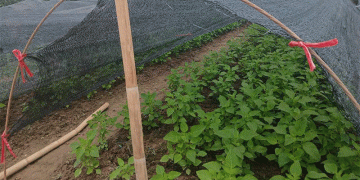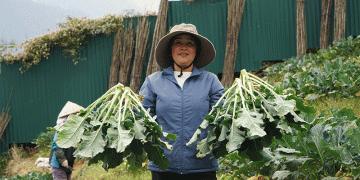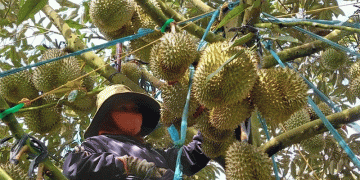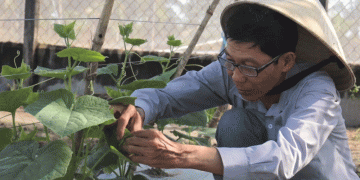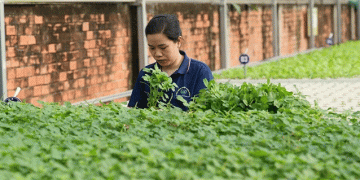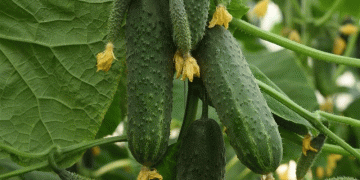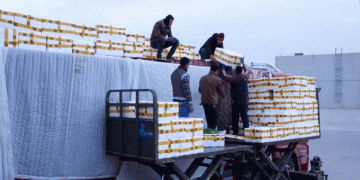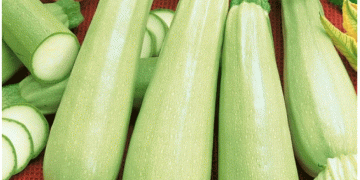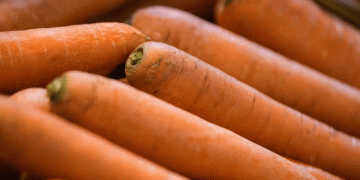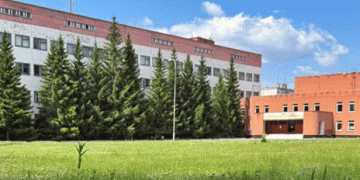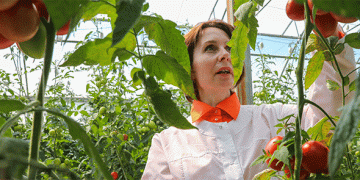As Typhoon No. 9 approaches Northern Vietnam, threatening prolonged heavy rains and widespread flooding, a critical race against time is underway. Unlike typical scenarios of panic, the response from vegetable growers and traders is one of strategic coordination. Farmers like Mr. Nguyen Van Calh from Van Giang district are proactively contacting their buyers to schedule immediate harvests of mature crops. The goal is clear: salvage what can be sold before the storm hits to avoid total loss from root rot and waterlogging, which would devastate both farm incomes and market supply.
This collaboration is a textbook example of shared risk management. Traders are not just passive buyers; they are active partners. They are sending drivers directly to the fields to facilitate rapid transport, ensuring farmers can focus on harvesting rather than logistics. The principle, as explained by a Hanoi-based greens distributor, is pragmatic: “Vegetables that are ready are harvested properly to preserve quality; those that aren’t are left to wait for the storm to pass.” This flexible approach prevents wasteful efforts and ensures that only viable produce enters the supply chain. The distributor emphasized that without such coordination, farmers face total damage and traders lose their supply base, making cooperation essential for overcoming the disaster.
The strategy also involves leveraging a diversified supply network. A trader based in Ho Chi Minh City noted that if Hanoi’s supply is disrupted, they can mobilize 20-30 tons per week from other regions. The produce is harvested in the afternoon, processed overnight, and shipped in air-conditioned trucks to arrive within 2-3 days. This integrated national supply chain acts as a buffer, ensuring that urban markets like Hanoi can maintain stable vegetable supplies even after a major local climatic event. According to a 2023 FAO report on resilient food systems, such multi-sourced supply chains and strong producer-trader relationships are key to mitigating the impact of increasing climate volatility on food security.
The response to Typhoon No. 9 in Vietnam highlights a critical evolution in agricultural risk management. By moving from reactive disaster response to proactive, collaborative planning, farmers and traders are building a more resilient system. This model—based on open communication, shared risk, and flexible logistics—not only minimizes immediate economic losses but also stabilizes the market for consumers. It serves as a powerful case study for agricultural communities worldwide facing similar climate-induced disruptions.
